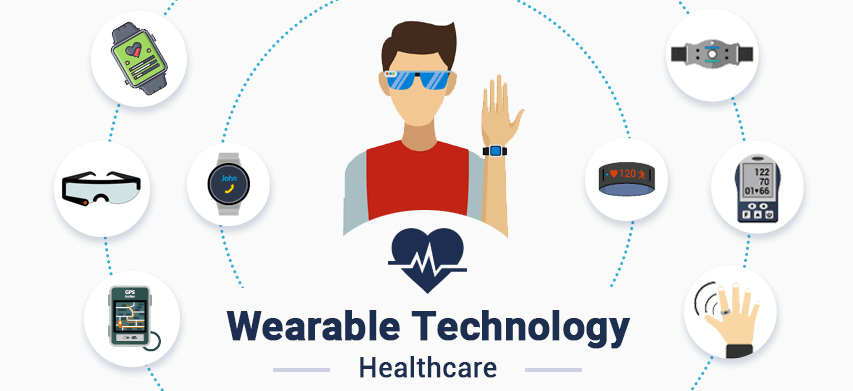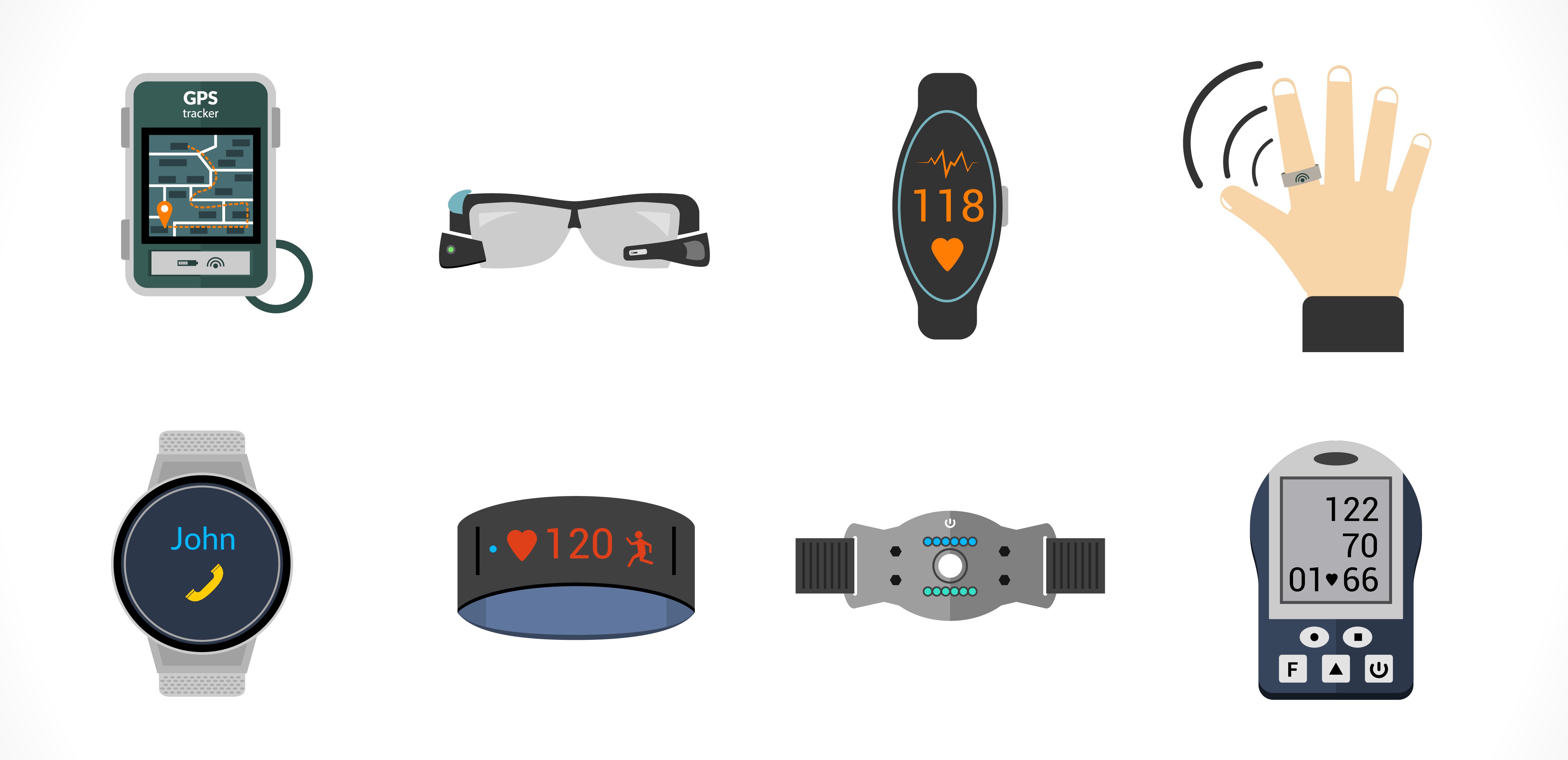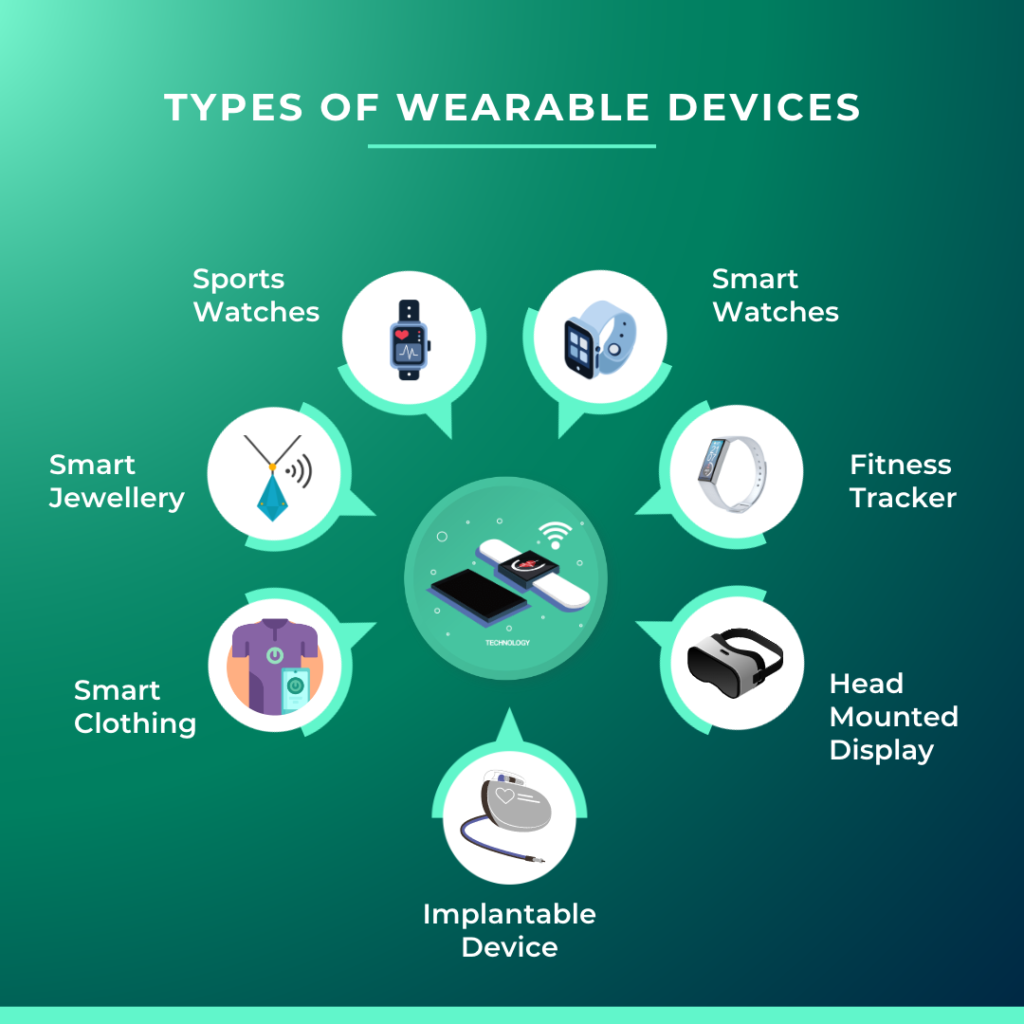Wearable devices are electronic devices that can be worn on the body and are designed to collect and provide information about the user’s health, fitness, and daily activities. These devices include smartwatches, fitness trackers, and virtual reality headsets.
They have become increasingly popular in recent years due to their convenience and ability to track various aspects of our lives. With advancements in technology, wearable devices now offer features such as heart rate monitoring, sleep tracking, and GPS navigation.
They have the potential to revolutionize healthcare by enabling continuous monitoring and providing real-time feedback. In addition, wearable devices also have applications in industries like sports, entertainment, and fashion.
The Rise Of Wearable Devices
Wearable devices have gained popularity in recent years due to their ability to seamlessly integrate into daily life. The concept of wearable technology has been around since the early 1980s, with the first wearable computer being developed for military use. Today, wearable devices have evolved to include smartwatches, fitness trackers, and augmented reality glasses. The demand for these devices is being driven by current trends towards health and fitness monitoring, as well as the integration of technology into fashion. With the advancement of sensors and miniaturization of electronic components, wearable devices are becoming more sophisticated and functional, offering users a wide range of features and benefits.

Credit: mobisoftinfotech.com
Key Players In The 2024 Market
Wearable devices have become an integral part of our lives, with leading brands continuously innovating to stay ahead in the market. Companies like Apple, Samsung, and Fitbit are expected to maintain their dominance in the wearable technology sector in 2024. These brands have established themselves as key players with their advanced features and user-friendly designs. On the other hand, emerging innovators such as Xiaomi and Garmin are rapidly gaining traction with their cutting-edge products, posing a significant challenge to the established giants. The competition between these key players and emerging innovators is driving the industry to new heights, promising consumers a wide array of options and technological advancements in the coming years.
Technological Advancements
Wearable devices are at the forefront of technological advancements, offering convenience and personalized data tracking. These innovative gadgets, such as smartwatches and fitness trackers, seamlessly integrate into daily life, enhancing productivity and promoting a healthier lifestyle.
| Technological Advancements |
|---|
| Battery Life |
| Wearable devices have undergone significant technological advancements, particularly in the areas of battery life, seamless connectivity, and advanced sensors. As a result, the devices can now last longer without needing a recharge, while still providing users with uninterrupted connectivity to their other devices. Advanced sensors such as accelerometers, gyroscopes, and heart rate sensors have also been integrated into wearable devices, allowing for more accurate monitoring of physical activity and health metrics. With these advancements, wearable devices have become more practical and useful for everyday use. |

Credit: techcrunch.com
Health And Fitness Revolution
The rise of wearable devices has brought about a revolution in the world of health and fitness. These devices have the capability to monitor vital signs, providing real-time data to users. They allow individuals to track their fitness levels, heart rate, and sleep patterns, among other things. This information can be used to make informed decisions about one’s health and well-being.
Fitness tracking is one of the key features of wearable devices. They can count steps, calories burned, and even provide personalized workout plans. Users can set goals and track their progress, motivating them to stay active and achieve their fitness targets.
Another aspect where wearable devices have made a significant impact is mental health. These devices now come equipped with applications that can help individuals manage their stress levels and improve their overall mental well-being. They offer features like guided meditation, breathing exercises, and even sleep analysis to promote better mental health.
Enhancing Everyday Life
Wearable devices are revolutionizing everyday life, offering convenience and efficiency. From fitness trackers to smartwatches, these gadgets seamlessly integrate into daily routines, providing valuable health and productivity insights. With real-time data at your fingertips, staying connected and informed has never been easier.
| Wearable Devices |
|---|
| Wearable devices are changing the way we live our everyday lives. Smart watches have become an essential part of our daily routines, allowing us to stay connected and organized on-the-go. With features such as fitness tracking, GPS, and voice control, smart watches make it easier to stay active and efficient. Smart glasses are another wearable device that has the potential to revolutionize the way we interact with technology. By displaying information directly in front of our eyes, smart glasses can enhance productivity and make tasks more efficient. Finally, the fusion of fashion and technology has given rise to wearable devices that not only function well but also look good. From smart jewelry to fitness trackers that double as fashion accessories, wearable technology has come a long way in terms of both form and function. |

Credit: builtin.com
Privacy And Security Concerns
Wearable devices raise privacy and security concerns due to the collection of personal data and the potential for unauthorized access. Users should be cautious about the information they share and ensure that their devices have strong security measures in place to protect their data from potential threats.
| Privacy and Security Concerns |
|---|
| Wearable devices have become increasingly popular in recent years, but with their rise in popularity comes a growing concern for data protection. As wearable devices collect personal data such as location, activity levels, and health information, there is a risk of this information being accessed by unauthorized parties. |
| To mitigate this risk, it is important for wearable device manufacturers to prioritize security measures such as encryption and two-factor authentication. Additionally, user consent must be obtained before collecting and sharing any personal data. |
Market Impact And Consumer Adoption
Wearable devices have had a significant market impact and widespread consumer adoption. These devices offer convenience, functionality, and personalization, making them increasingly popular among tech-savvy individuals. As they continue to evolve, wearable devices are expected to have an even greater influence on our daily lives.
Wearable Devices Wearable devices have witnessed significant sales growth in recent years, driven by their increasing popularity among consumers. These devices have become an integral part of the tech-savvy generation, with a wide range of options available in the market. From fitness trackers to smartwatches, consumers have a plethora of choices when it comes to wearable devices. Market Impact and Consumer Adoption Wearable devices have had a profound impact on various industries, including healthcare, fitness, and fashion. The ability to track health metrics, monitor physical activity, and receive notifications on the go has made these devices highly sought after. Consumers are increasingly adopting wearable devices as they offer convenience, functionality, and style. Sales Growth The sales of wearable devices have been on an upward trajectory, with a steady increase in demand. According to market research, the global wearable device market is projected to reach a value of $87.66 billion by 2022. This growth can be attributed to the rising awareness about health and fitness, the integration of advanced technologies, and the increasing number of tech-savvy consumers. Consumer Preferences When it comes to wearable devices, consumers have specific preferences. They look for devices that offer accurate tracking, long battery life, and seamless connectivity with their smartphones. Additionally, consumers are increasingly conscious about the design and aesthetics of wearable devices, as they want them to blend seamlessly with their personal style. As the market continues to evolve, manufacturers need to understand and cater to these consumer preferences to stay ahead in the competitive landscape. In conclusion, wearable devices have made a significant impact on the market, with consumers embracing them for their functionality and style. With the sales of wearable devices expected to continue growing, it is crucial for businesses to understand consumer preferences and adapt their offerings accordingly.
The Future Of Wearables
The future of wearable devices is promising and exciting. Predictions suggest that these devices will become even more integrated into our daily lives, providing us with real-time data and personalized insights.
One of the emerging trends in wearable technology is the incorporation of artificial intelligence and machine learning. This will allow the devices to not only track our physical activity and health metrics but also make personalized recommendations based on our individual needs and preferences.
| Another trend is: | The development of more specialized wearable devices for specific industries such as healthcare, sports, and entertainment. |
|---|---|
| Furthermore, | there is a growing demand for wearables that can monitor mental health and cognitive function, which could have a significant impact on the way we approach mental health treatment. |
Overall, wearable devices have come a long way in recent years, and the future looks bright. As technology continues to advance and become more integrated into our lives, we can expect wearable devices to play an even greater role in helping us live healthier and more connected lives.
Frequently Asked Questions
What Are Examples Of Wearable Devices?
Wearable devices include smartwatches, fitness trackers, VR headsets, and smart glasses. These devices can track your steps, monitor your heart rate, display notifications, and provide a virtual reality experience.
What Is A Wearable Device?
A wearable device is a small electronic gadget that can be worn on the body, such as a smartwatch or fitness tracker. It is designed to provide various functions and features, like monitoring health, tracking physical activity, receiving notifications, and even making phone calls.
What Are The Available Wearable Devices?
Some available wearable devices include smartwatches, fitness trackers, virtual reality headsets, and smart glasses. These devices can track your health, provide notifications, and offer immersive experiences.
What Is The Most Popular Wearable Technology?
The most popular wearable technology is the smartwatch, offering features like fitness tracking, notifications, and mobile payments. Smartwatches have gained widespread popularity due to their convenience and versatility.
Conclusion
To sum up, wearable devices have revolutionized the way we live, providing us with convenience, efficiency, and improved health monitoring. As technology continues to advance, these devices will become even more integrated into our daily lives. From smartwatches to fitness trackers, the possibilities are endless.
Embracing wearable technology allows us to stay connected, stay active, and stay ahead. So, don’t miss out on the opportunity to enhance your lifestyle with these incredible gadgets. Start exploring the world of wearable devices today!
